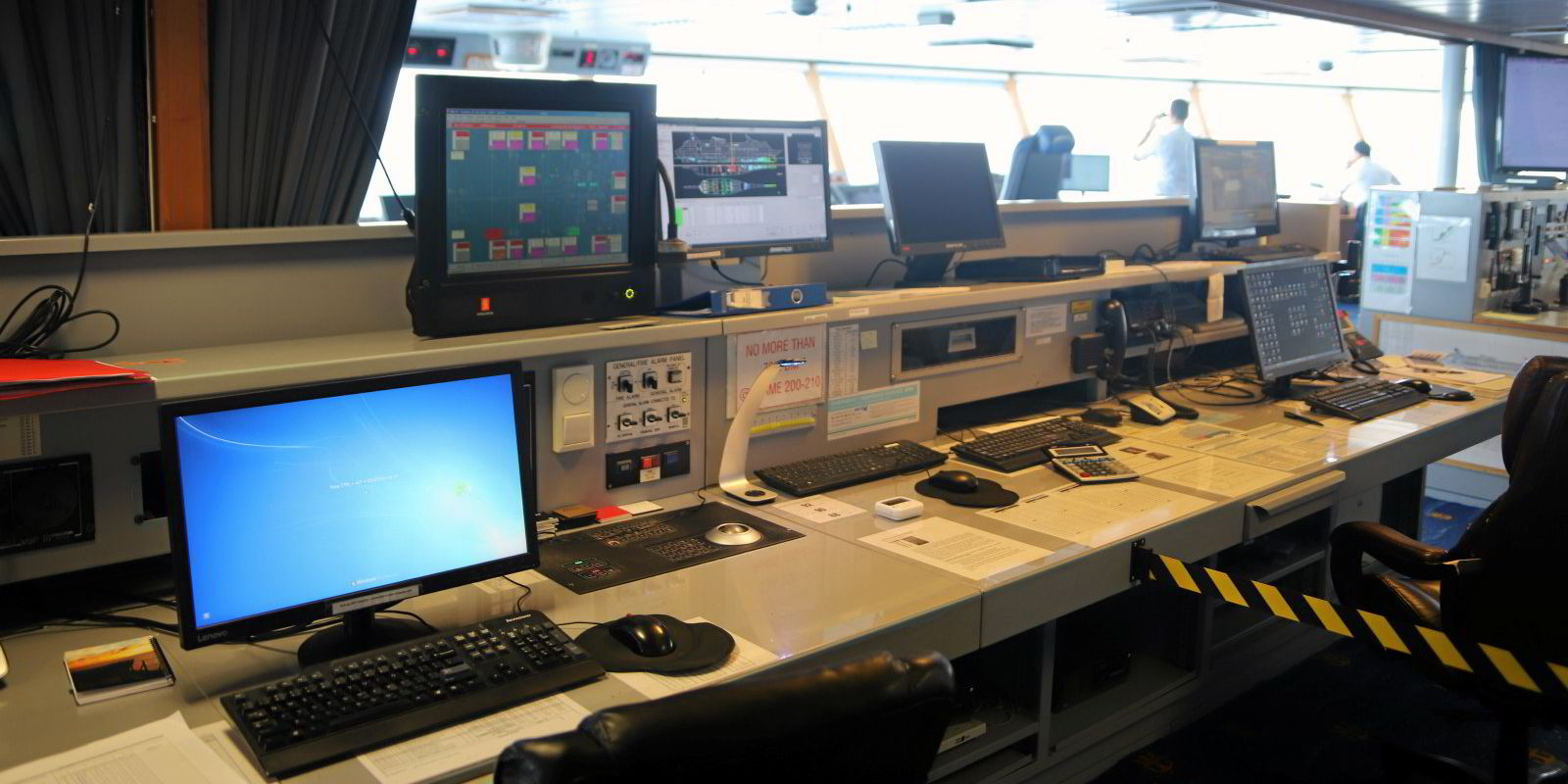It is no secret that while technology and connectivity in shipping still lags behind developments on land, a digital transformation is in motion with ship automation and improved internet access on the cards in the years to come.
However, these developments have introduced a new challenge for the industry.

Until a few years ago, ships were often only connected to the internet for a few minutes a day, meaning that the threat of cyber security breaches was only a minor concern. With the internet at sea becoming increasingly accessible and cost effective, ships are now more connected than ever before, and cyber-attacks are a serious security concern.
In response to these technological advances and increased risks, the International Maritime Organization has announced the adoption of a cyber risk resolution to support safe and secure shipping. It requires companies to address cyber security issues and protection measures in their Safety Management Systems from January 2021.
Introducing cyber security measures on board may seem a daunting prospect but in fact these new regulations present an opportunity for shipowners and operators within the maritime sector to consider and embrace the online solutions available to them today, while educating their crews on cyber security.
There are great benefits to utilising connectivity, even with satellite internet access at its current level. Although VSAT systems are still not ideal, they already offer significant improvements in terms of speed and cost. Online access is likely to improve further with the impact of low-orbit satellites and significant players such as SpaceX and Amazon entering the telecom industry with Starlink and Project Kuiper, respectively.
It is worth remembering that software developers are creating products that cater for the specific requirements of the industry. As such, digital systems are being developed to work even with limited internet access and speeds experienced at sea — so the notion of "this will not work on land without a fast connection, so it won’t work at sea" no longer applies and is one misconception that should be challenged to make the most of digital solutions.
Assess what different technological systems would benefit your operations and be prepared to invest in their development.
If you are cautious about adopting technology given the threat of cyber attacks and the introduction of new regulations, one of the best ways that shipping companies can benefit at a minimum risk is by employing browser-based systems for connected activity.
Safety in the sandbox
Accessing content through a browser such as Google Chrome or Microsoft Edge means that everything runs inside the browser itself and acts as a self-contained, secure "sandbox" — a tightly controlled environment where programs can be run. Sandboxes restrict access to the host device (such as local files or network connection), providing another layer of protection against new security threats.
What happens in the sandbox, stays in the sandbox. Combined with a whitelist of trusted web addresses, it avoids system failures and keeps software vulnerabilities from spreading.
The notion of ‘this will not work on land without a fast connection so it won’t work at sea’ no longer applies and is one misconception that should be challenged.
Browser-based hybrid software runs in web browsers yet behaves like desktop software, with absolutely nothing to install. When initially connected to the internet, whether in port or at sea, browser-based systems can update and cache all relevant information, meaning that users do not have to be connected to the internet to view it thereafter. With these systems able to operate successfully even at slow internet speeds, this type of system is an important example of where technology can be embraced for the benefit of a ship’s operations, while mitigating cyber security risks at the same time. These are the kinds of clever solutions we’re likely to see more and more of as technologies continue to develop.
Improved technology and more effective connectivity are going to be vital in making ships as safe and efficient as possible in the years to come and these benefits far outweigh those associated with cutting back on digital measures to ward off the threat of cyber-attacks and to avoid administrative exercises to meet IMO requirements.
With operations at sea likely to become even more reliant on technology in the future, there is no better time to get ahead of the curve on connectivity and cyber security. With a world of opportunities already out there, by engaging now, shipping companies can not only benefit today, but also be prepared to prosper from continued digitalisation in the future too.
Johan Machtelinckx is technical director at maritime publishing firm Witherbys.
Do you have an opinion to share?
Email: news@tradewindsnews.com





